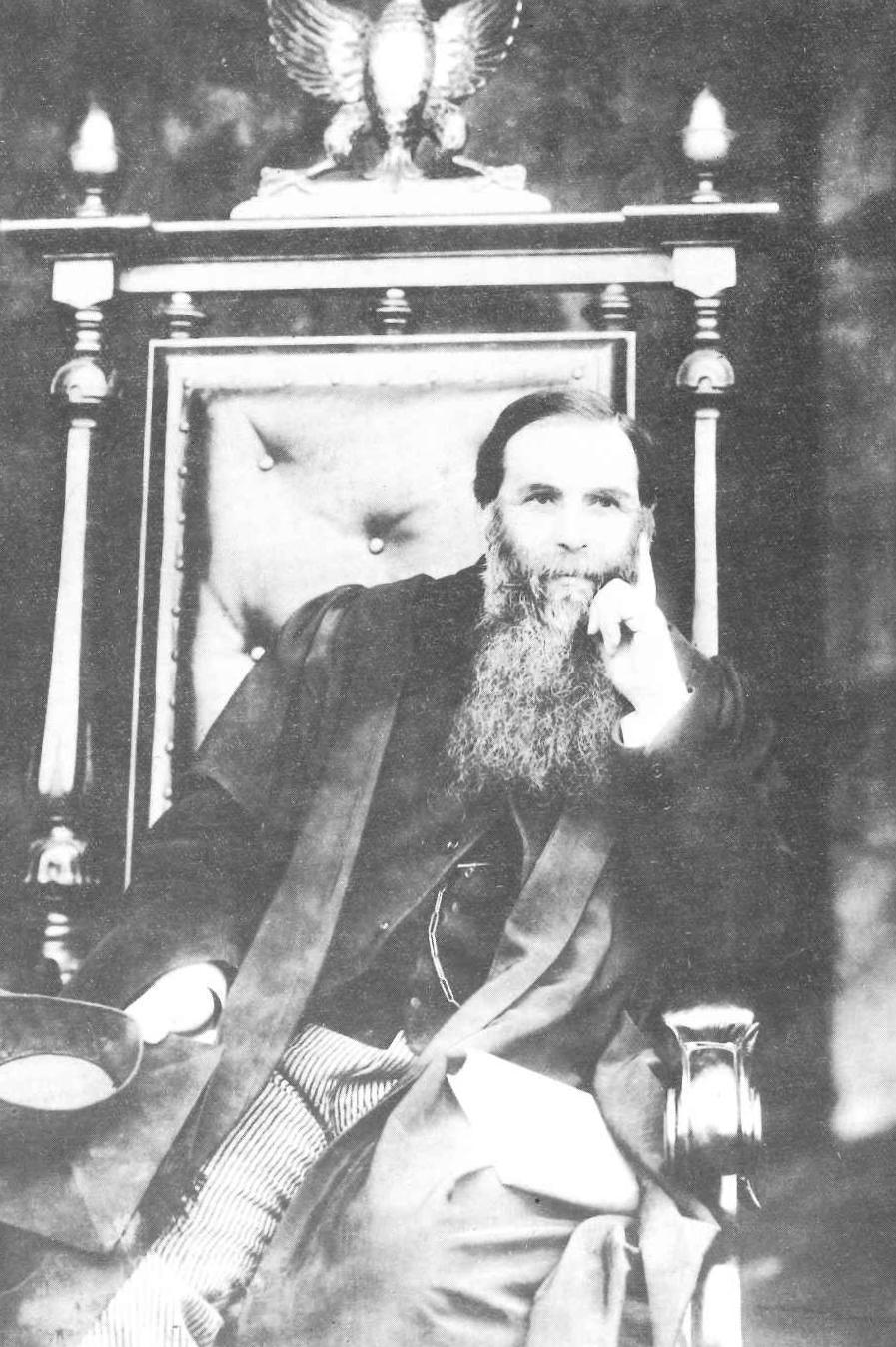
1 minute read
Who was James Surtees Phillpotts?
When James Surtees Phillpotts took over as Head Master of Bedford Grammar School (as it then was) in 1875, it had an indifferent record as an educational institution. There were about 250 boys on roll, most of them day students. Phillpotts set about reforming the school in every way. One of his first acts was to introduce the Natural Sciences into the curriculum. He saw to the establishment of chemistry and physics laboratories and went on to add carpentry and engineering workshops, a gymnasium and fives courts. Under his leadership, sports were properly organised and used as a tool to foster team spirit. In all the changes he introduced, Phillpotts’ underlying aim was to produce upright, public-spirited citizens well equipped for the challenges of the rapidly changing world in which they lived, something that has not changed in the intervening period.
As a result of the various developments initiated by him, the school ran out of space in its original town centre location. Foreseeing the need to move to more spacious premises, Phillpotts secured suitable land on his own initiative. In due course, the school trustees backed his plan for new buildings and arranged the necessary finance. In 1891, the official opening of the new school took place, with a ceremonial procession from the old premises to the new. The roll of pupils was then around 600 and, by 1903, when Phillpotts retired, it had risen to nearly 900.
The development of Bedford School from an obscure provincial institution to one of England’s leading independent schools was in many ways due to the vision and foresight of this remarkable man. Many of the core principles laid down by Phillpotts are still as relevant today as they were in the early 1900s.







